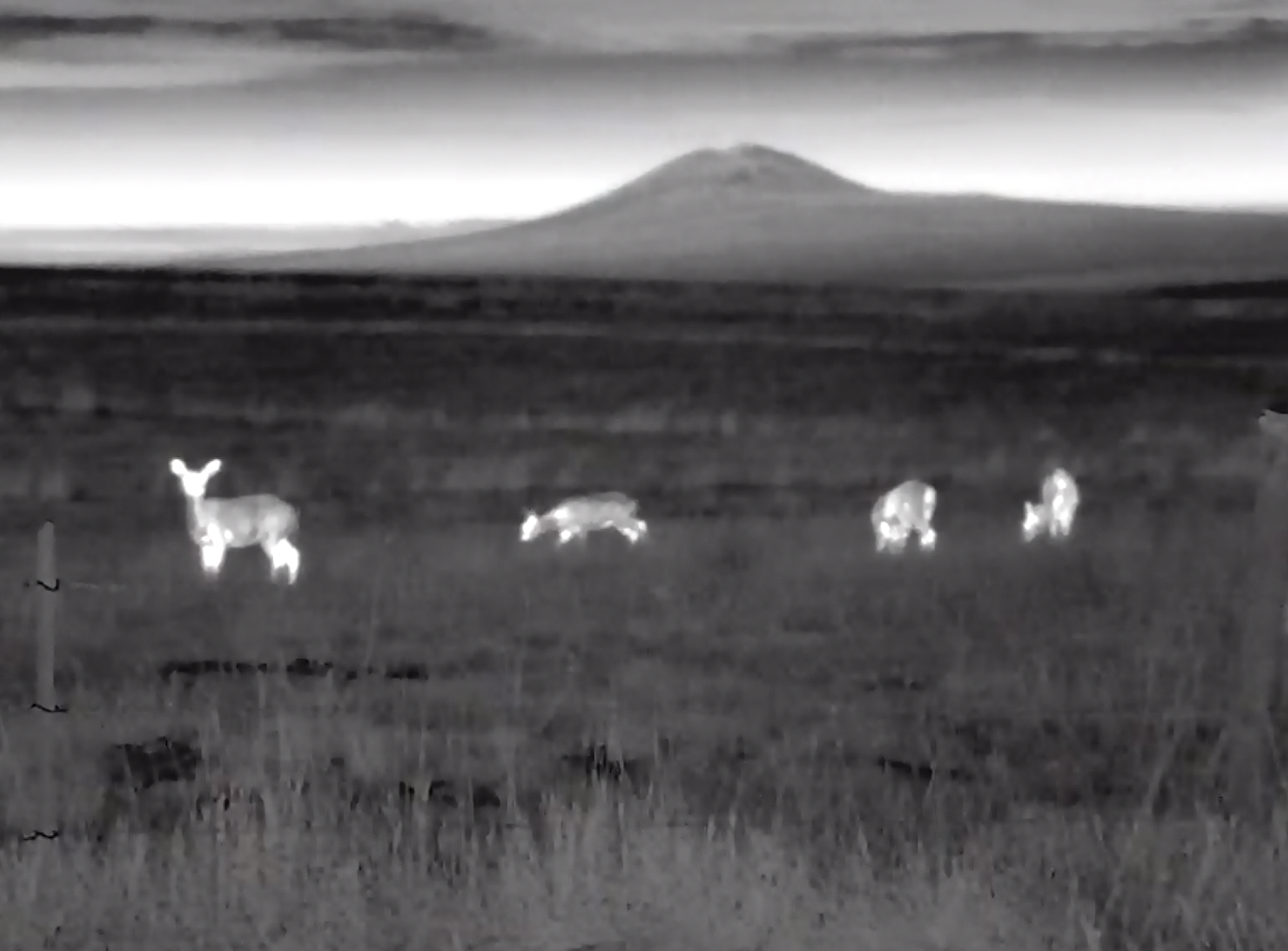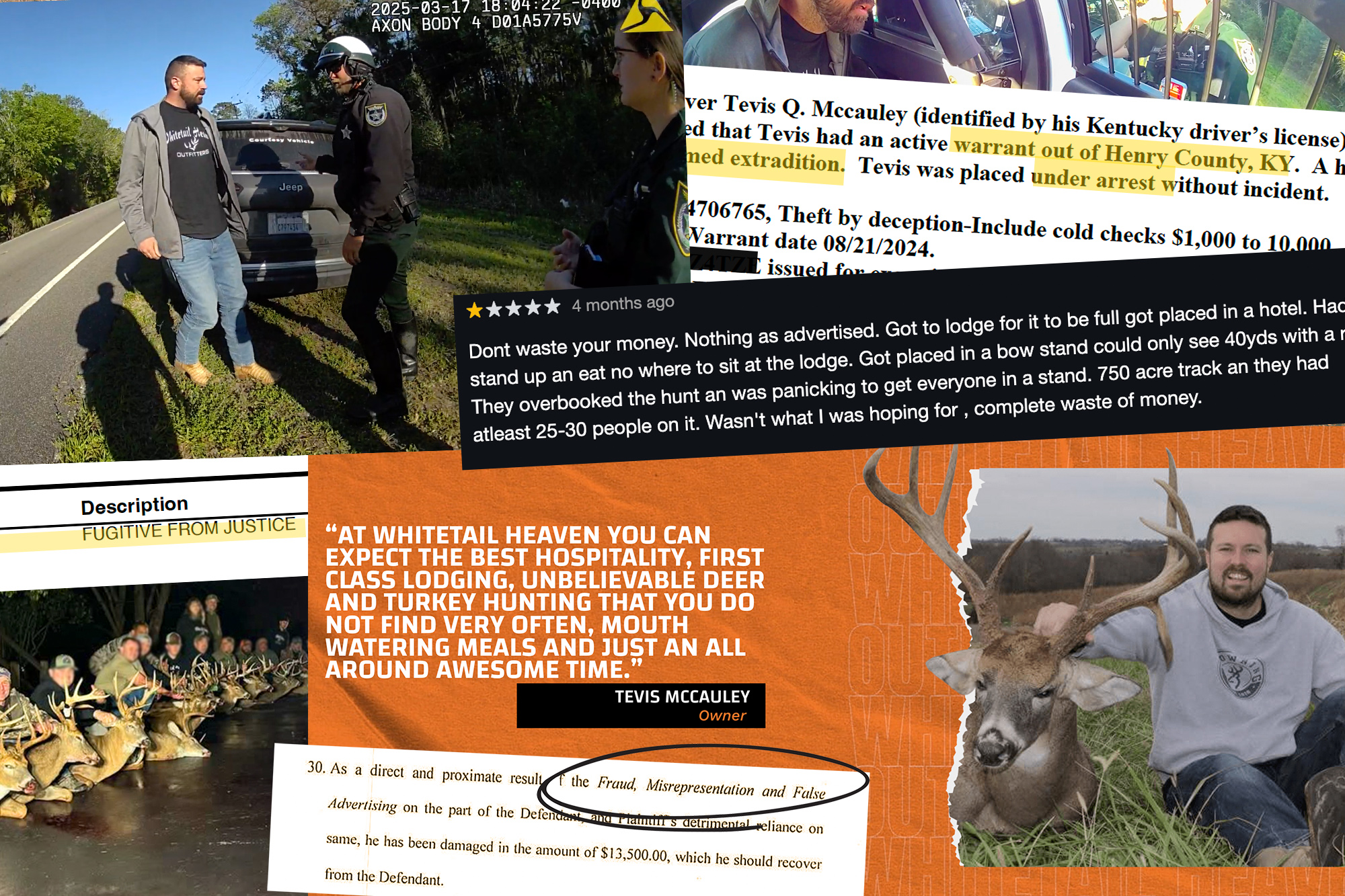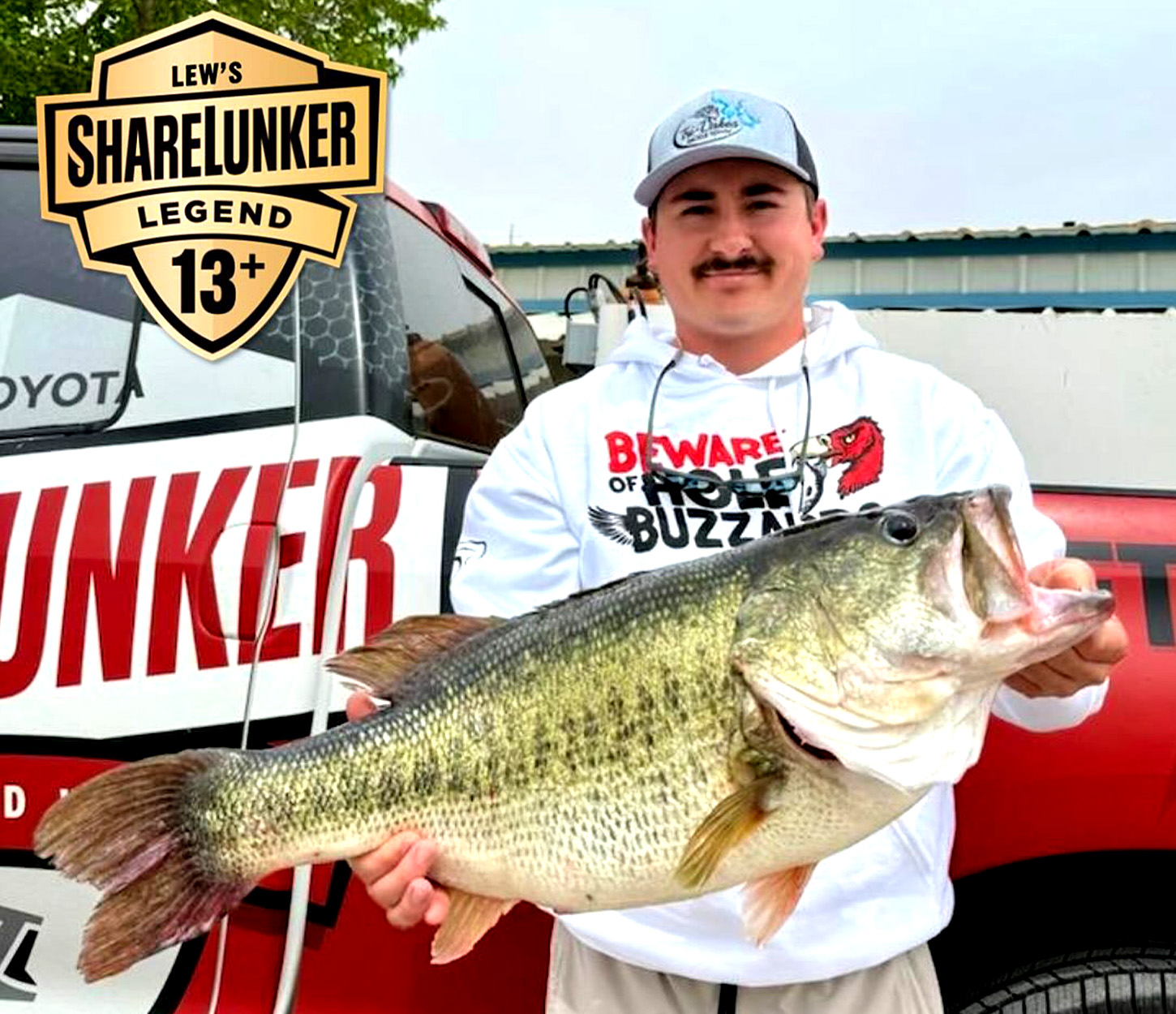Survey: Idaho Big-Game Hunters Would Ban Drones and Thermals, But Keep Most Other Tech

Idaho’s big-game hunters generally think that modern hunting technology in the form of conventional optics and firearms, digital mapping services, and even ATVs and side-by-sides is acceptable. But they overwhelmingly think thermal, night-vision devices, and drones violate fair-chase ethical standards and oppose their use in big-game seasons.
Those are some of the insights gleaned from a survey of 2,170 resident big-game hunters asked a series of questions at the intersection of technology and hunting ethics, wildlife management, and opportunity. Those topics are being considered by the state’s Hunting and Advanced Technology (HAT) Working Group convened last year and charged with considering changes to Idaho’s hunting seasons and gear restrictions given the rise in field-ready technology that enables hunters to more effectively find and kill animals.
Related: Should Idaho Restrict Hi-Tech Hunting Gear? State Officials Want to Know
The survey, posted to Idaho Fish and Game’s website this week, was conducted by the University of Idaho Department of Natural Resources and Society. Results were gleaned from surveys sent to thousands of Idaho residents aged 18 and older who have bought big-game and predator hunting licenses in the past 3 to 5 years. The survey was designed to help HAT members understand their fellow hunters’ opinions on technology and hunting success and opportunity.
Specifically, study authors say, they wanted to determine:
- To what extent do Idaho big-game hunters consider “fair chase” important and agree with its tenets?
- To what extent do Idaho big-game hunters support the use of advanced modern technology to harvest big game?
- To what extent do Idaho big-game hunters agree that the use of advanced modern technology to harvest big game aligns with fair chase tenets?
- To what extent do Idaho big-game hunters support hypothetical strategies to address emerging management issues associated with the use of advanced modern technology to harvest big game?
Respondents overwhelmingly (94 percent and higher) think that hunters should exercise a personal code of behavior and behave in a way that brings no dishonor on the hunter, game animals, or the environment. A vast majority further agrees that hunters should attain and maintain the skills necessary to make a quick and certain kill as possible, obey all applicable laws and regulations, and recognize that “these tenants are intended to enhance the hunter’s experience of the relationship between predator and prey.”
Those are important baseline values that then help surveyors assess support for or opposition to specific types of hunting technology. The survey asked respondents to gauge their support for (agree or strongly agree) or opposition to (disagree or strongly disagree) gear categories ranging from modern mapping technology, modern optics and bow technology, modern firearm optics, rangefinders that can range targets in excess of 1,000 yards, modern crossbow technology, rifle scopes with built-in rangefinders, modern rifle cartridges of killing game at long range, modern muzzleloader technology, transmitting trail cameras, thermal imaging optics, night-vision and thermal rifle scopes, drones, and artificial intelligence for animal identification.
First, hunters were asked if each type of gear is in alignment with fair-chase ethics, but in a second series of questions, they were asked “to what extent do you oppose or support the technologies used to hunt big game.”
Idaho hunters are in widespread support of modern mapping technology (94 percent say it aligns with fair-chase ethics and support its use in hunting). They support modern optics at the same level. Support softens a little for modern bow technology, with 87 percent saying it aligns with fair-chase ethics and 13 percent saying it goes too far.
About 73 percent of respondents say that rangefinders capable of lazing targets beyond 1,000 yards align with fair-chase considerations and support their use in hunting. Support for transportation that enables hunters to access hunting areas has only about 68 percent favorability. Support for both transmitting trail cameras and modern in-line muzzleloader technology was split, with about half of respondents opposing their use for hunting and also saying they are not in alignment with fair-chase ethics.
Related: Drones Could Revolutionize How Hunters Recover Lost Deer … If They’re Not Banned First
But Idaho’s big-game hunters take a dim view of three categories of gear that have roared onto the hunting scene in recent years. About 76 percent of respondents said that thermal imaging optics, night-vision scopes, and thermal scopes are not in alignment with fair-chase ethics. An even higher percentage (about 90 percent) say that the use of artificial intelligence for wildlife identification violates fair-chase principles, and fully 90 percent say that drones violate fair-chase ethics and are opposed to their use in big-game hunting.
The inclusion of each specific gear type was chosen based on widespread adoption by hunters in Idaho and neighboring states. While Idaho doesn’t specifically address the use of thermal and night-vision devices while hunting, other states have prohibited their use for either hunting or game retrieval. And other Western states, Utah, Nevada, and Arizona among them, prohibit transmitting game cameras. Most Western states prohibit the use of drones for hunting.
Effect of Technology on Hunting Opportunity
The context for Idaho’s HAT working group is that as technology makes hunters more effective at killing animals, hunting opportunity diminishes. This is based on the well-established wildlife management principle that bases allocation of hunting opportunity, as determined by the number of tags or permits issued or the length of the season or any weapons restrictions, on hunter success. The more successful hunters become, the less opportunity is provided by wildlife managers, in order to assure a sustainable wildlife population.
Idaho Fish and Game biologists may need to shorten seasons or offer fewer tags and permits if hunters, aided by technology, become increasingly lethal. Season restrictions mean hunters might not be able to draw tags readily, or might have to sit out seasons or switch weapon types.
Meanwhile, certain types of technology are becoming more available and affordable as they become normalized. HAT members are expected to make recommendations to the state legislature that could either restrict certain technologies or modify season structures.
In order to assess preferences for hypothetical scenarios, respondents were asked if they support maintaining existing season lengths, tag allocations, and equipment restrictions, whether they support shortening season length and reducing tag allocations while allowing more advanced technology, or some middle course.
Read Next: Federal 7mm Backcountry, Tested and Reviewed
Respondents were most supportive of maintaining existing season length and tag allocations while maintaining current technology restrictions. They were least supportive of shortening seasons and reducing tags in order to allow hunters to use advanced technology. Respondents were evenly split on the middle way: maintaining existing season length and tag numbers and restricting hunting technology.
The HAT Working Group met last weekend in Boise and reviewed the survey findings. The group’s next meeting will be a virtual session on Monday, Jan. 27. The group is scheduled to finish its work on March 22 at an in-person meeting in Boise.
Read the full article here







